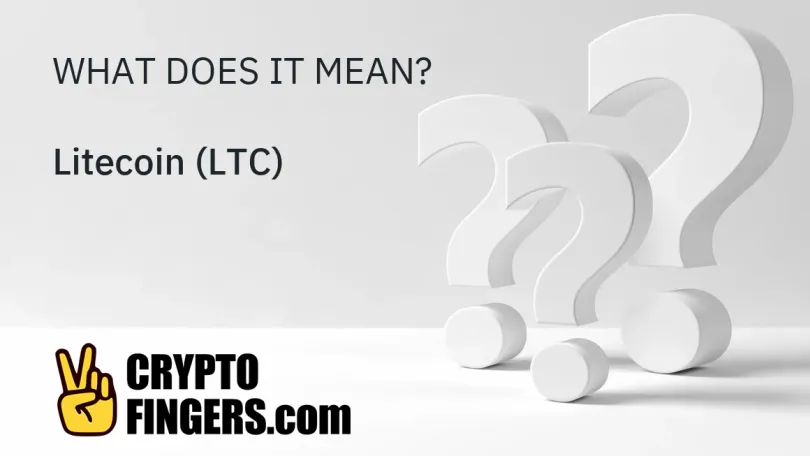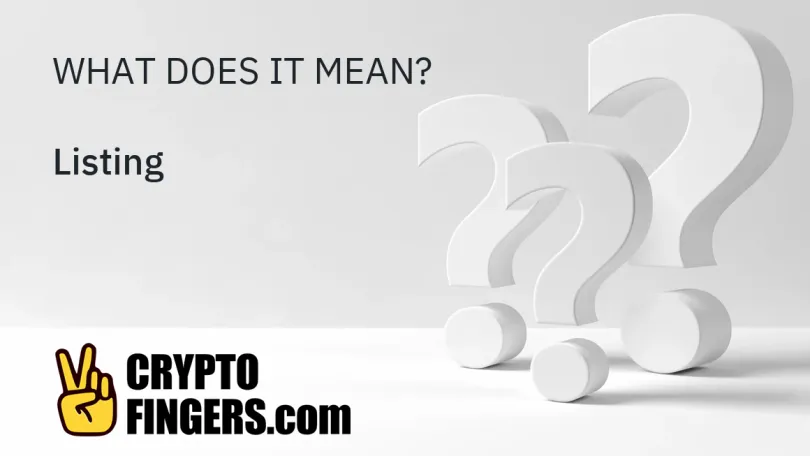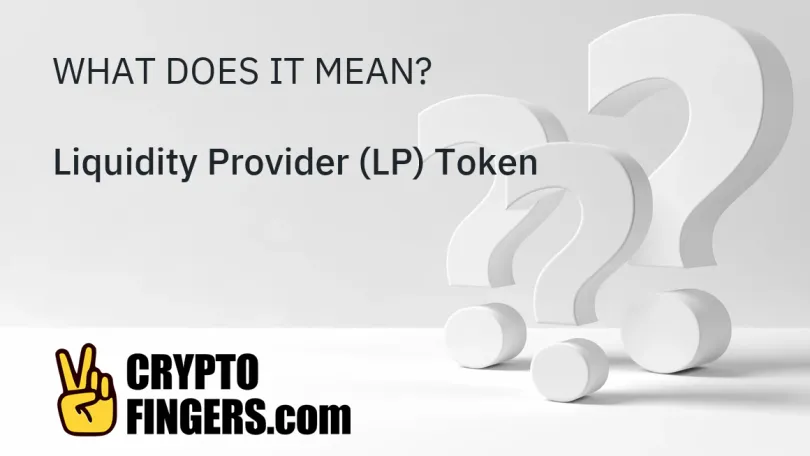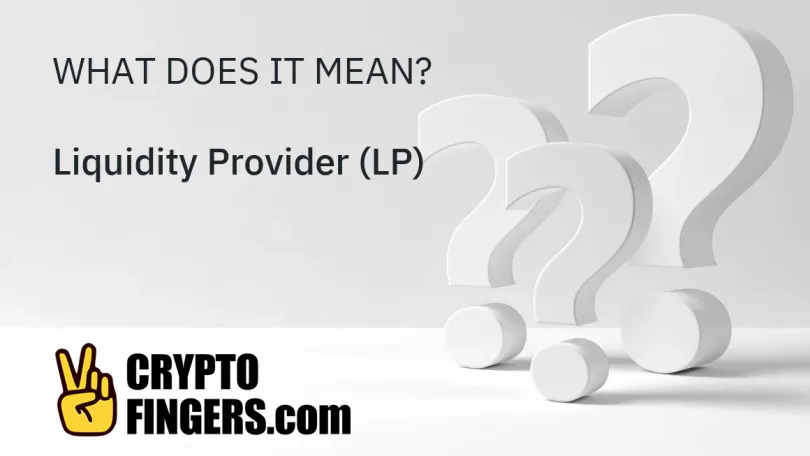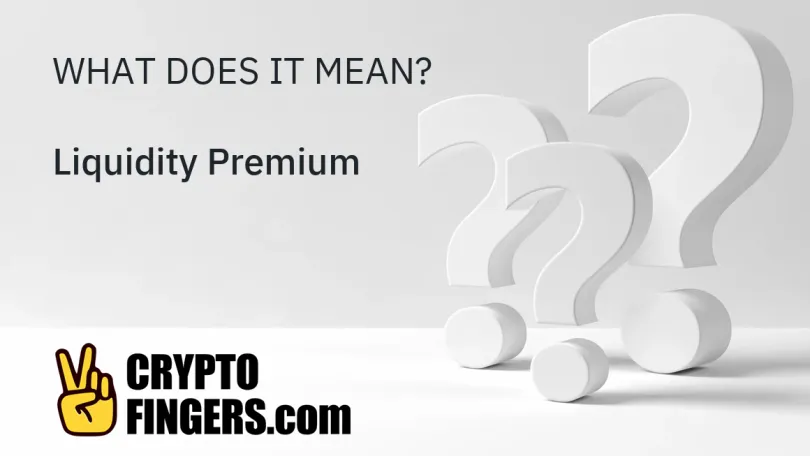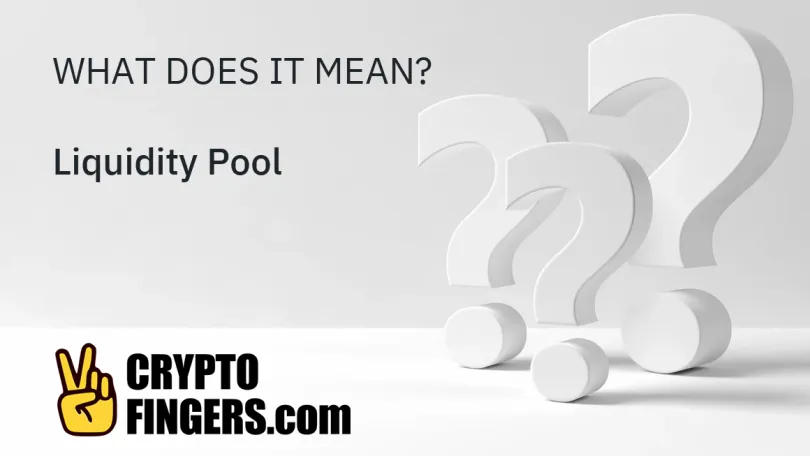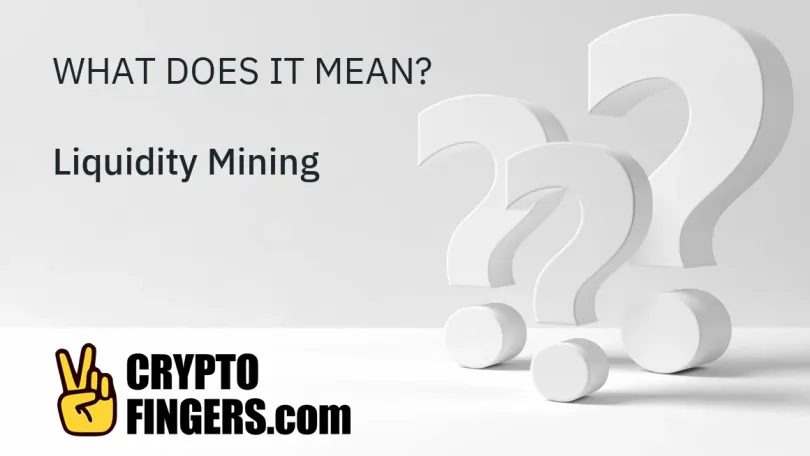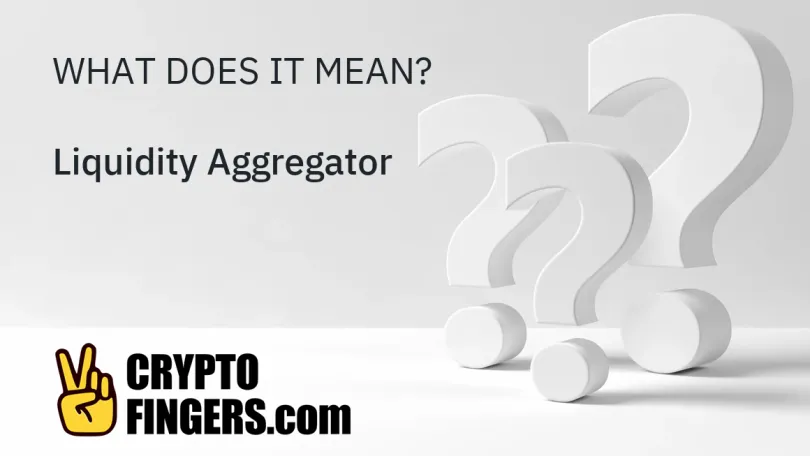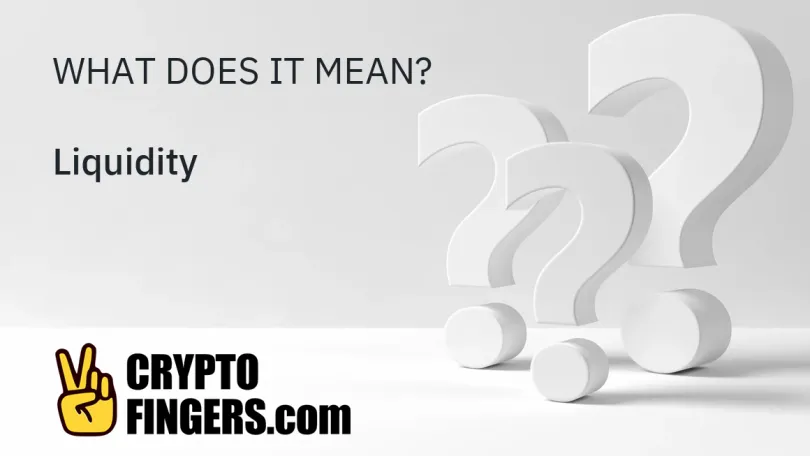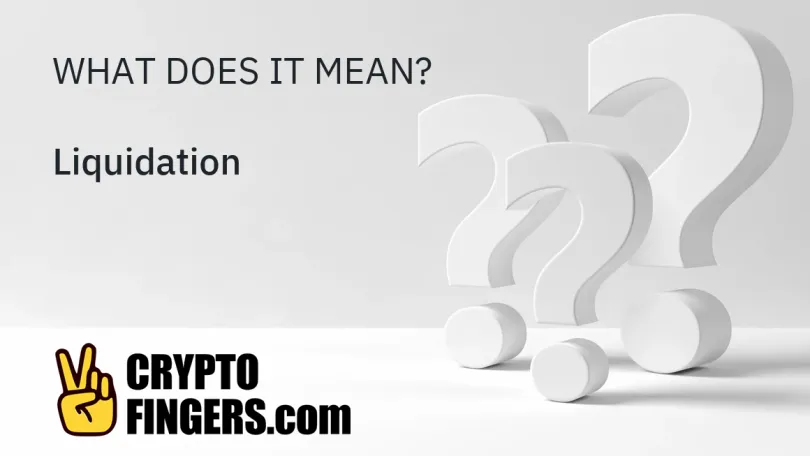⁝⁝⁝
Blockchain & Crypto Glossary
Litecoin (LTC) is a cryptocurrency that was introduced in 2011 by Charlie Lee. Litecoin was created by forking Bitcoin's code and retains many characteristics of Bitcoin, while being..
A crypto exchange listing is when an exchange initially offers trading pairs for a specific crypto asset. When an asset is listed on a reputable exchange and given a major trading pair such..
A liquidity provider token (LP token) is a token that is created and awarded to a user that deposits assets into a liquidity pool. LP tokens represent the share of the liquidity pool that..
In the crypto ecosystem, a liquidity provider (LP) is a user who deposits tokens into a liquidity pool. In return for supplying liquidity, users are typically awarded LP tokens that..
A liquidity premium is compensation that is given to investors to encourage investment in assets with poor liquidity. Conversely, a highly liquid asset has high trading volume and is easily..
A liquidity pool is a crowdsourced pool of coins or tokens that are locked in a smart contract and used to facilitate trades between those assets on a decentralized exchange (DEX).
In decentralized finance (DeFi), liquidity mining refers to a community-based liquidity incentive mechanism whereby traders provide assets to a specific pool, lock them in, and earn interest..
A liquidity aggregator accumulates liquidity from centralized and decentralized sources into one location to increase liquidity, reduce price slippage, and facilitate more efficient trading..
In regards to an asset, liquidity refers to the ability to exchange an asset without substantially shifting its price in the process, and the ease with which an asset can be converted..
The term liquidation refers to the process whereby a trader has an open leveraged position – often via a futures contract – that goes against their intended goal, resulting in the loss..
⁝⁝⁝
Trending news
- Artificial Intelligence (AI)
- Altcoins
- Bitcoin
- DeFi
- Ethereum
- Economy
- Market and Events
- Metaverse
- Mining
- NFT
- Regulation
- Web3
- show less














